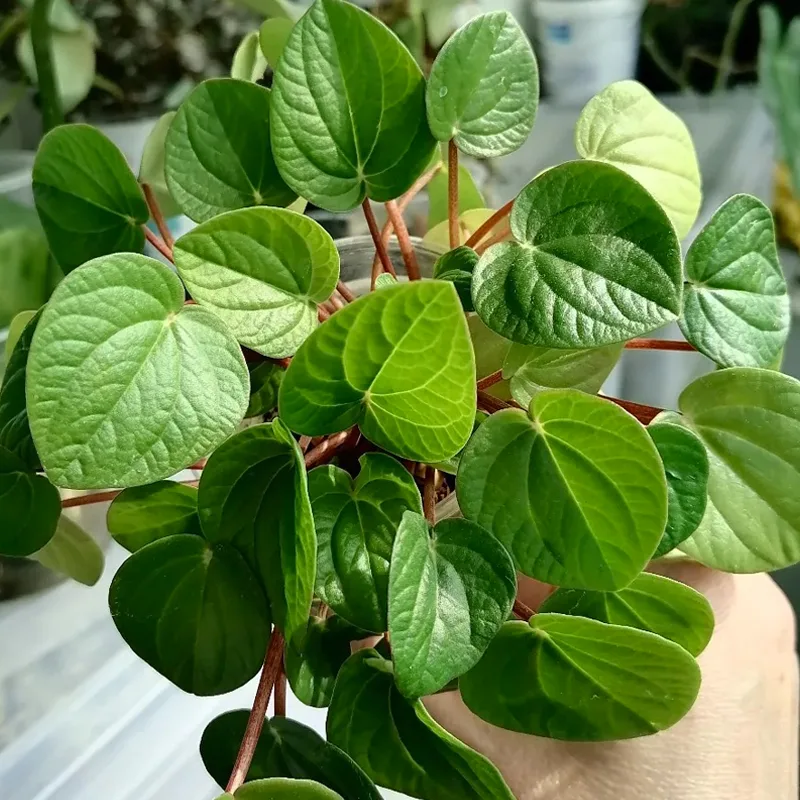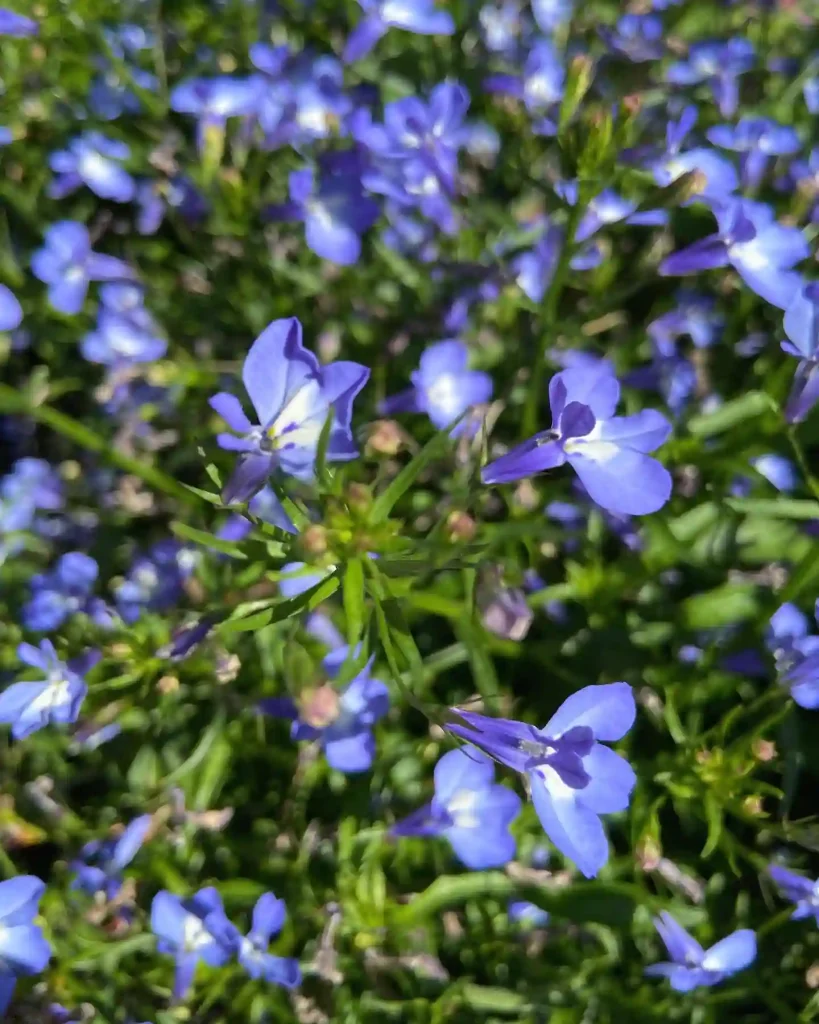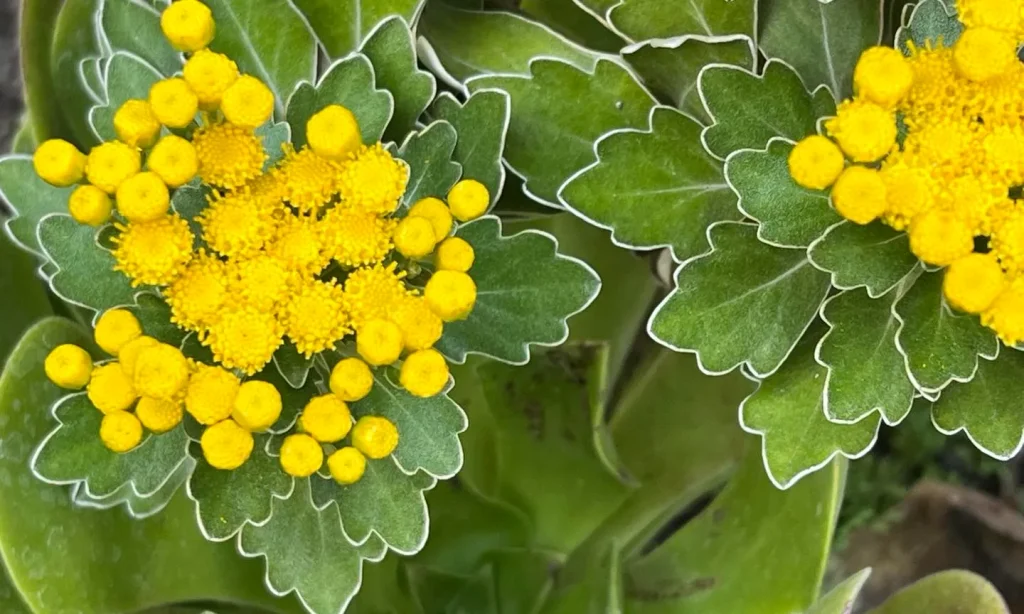The Stinging Nettle: A Love-Hate Relationship
My name is Ferb Vu, and I have a confession to make: I have a complicated relationship with the Urtica genus. Most people recoil at the mere mention of nettles, those prickly plants with a reputation for inflicting pain. But I’m drawn to them, fascinated by their resilience and surprising versatility.
It all started in my grandmother’s garden. As a child, I was warned to steer clear of the “cay tầm ma,” the Vietnamese name for stinging nettles. But curiosity got the better of me, and one fateful day, I brushed against a patch of Urtica dioica, the common nettle. The burning sensation was immediate and intense, like a thousand tiny needles piercing my skin. I cried, of course, but I also learned a valuable lesson about respecting nature’s defenses.
However, my grandmother, a woman of immense practical wisdom, also showed me the other side of the nettle. She explained that these plants, despite their sting, were a valuable source of food and medicine. I watched in amazement as she carefully harvested the young leaves, using gloves and scissors to avoid the stinging hairs. She then blanched the nettles, transforming them from prickly foes into a delicious and nutritious ingredient in soups and stir-fries.
That day, my perception of nettles shifted. They were no longer just adversaries to be avoided, but complex organisms worthy of respect and even admiration. This early encounter sparked a lifelong interest in the Urtica genus, leading me to explore its diverse species and their fascinating properties.
A Closer Look at the Nettle Family
The Urtica genus belongs to the Urticaceae family, which comprises around 2,600 species worldwide. These plants are characterized by their stinging hairs, known as trichomes, which contain irritating chemicals like histamine and formic acid. When brushed against, the tips of these hairs break off, injecting the chemicals into the skin, causing the characteristic burning sensation.
While the sting is undoubtedly unpleasant, it is also a testament to the nettle’s remarkable survival strategy. This defense mechanism protects the plant from herbivores, allowing it to thrive in a variety of environments.
But the Urtica genus is far more than just its sting. It encompasses a diverse group of plants with a wide range of characteristics and uses. Here are:
- Urtica ardens Link
- Urtica aspera Petrie
- Urtica atrichocaulis (Hand.-Mazz.) C.J.Chen
- Urtica atrovirens Req. ex Loisel.
- Urtica australis Hook.f.
- Urtica ballotifolia Wedd.
- Urtica berteroana Phil.
- Urtica bianorii (Knoche) Paiva
- Urtica bracteola Charit.
- Urtica bullata Blume
- Urtica cannabina L.
- Urtica chamaedryoides Pursh
- Urtica chengkouensis W.T.Wang
- Urtica circularis (Hicken) Sorarú
- Urtica cypria (H.Lindb.) Hand
- Urtica dioica L. Plant FAQs: Stinging Nettle – Urtica Dioica
- Urtica domingensis Urb.
- Urtica echinata Benth.
- Urtica ferox G.Forst.
- Urtica fissa E.Pritz.
- Urtica flabellata Kunth
- Urtica fragilis J.Thiébaut
- Urtica glomeruliflora Steud.
- Urtica gracilenta Greene
- Urtica gracilis Aiton
- Urtica helanshanica W.Z.Di & W.B.Liao
- Urtica himalayensis Kunth & C.D.Bouché
- Urtica hyperborea Jacquem. ex Wedd.
- Urtica incisa Poir.
- Urtica kioviensis Rogow.
- Urtica lalibertadensis Weigend
- Urtica laurifolia Poir.
- Urtica leptophylla Kunth
- Urtica lilloi (Hauman) Geltman
- Urtica lobata E.Mey. ex Blume
- Urtica macbridei Killip
- Urtica magellanica Juss. ex Poir.
- Urtica mairei H.Lév.
- Urtica malipoensis W.T.Wang
- Urtica masafuerae Phil.
- Urtica massaica Mildbr.
- Urtica membranacea Poir. ex Savigny
- Urtica membranifolia C.J.Chen
- Urtica mexicana Liebm.
- Urtica morifolia Poir.
- Urtica neubaueri Chrtek
- Urtica × oblongata W.D.J.Koch ex Maly
- Urtica papuana Zandee
- Urtica parviflora Roxb.
- Urtica perconfusa Grosse-Veldm. & Weigend
- Urtica peruviana Geltman
- Urtica pilulifera L.
- Urtica platyphylla Wedd.
- Urtica portosanctana Press
- Urtica praetermissa V.W.Steinm.
- Urtica pseudomagellanica Geltman
- Urtica rubricaulis Span.
- Urtica rupestris Guss.
- Urtica sansibarica Engl.
- Urtica simensis Hochst. ex A.Rich.
- Urtica spatulata Sm.
- Urtica spirealis Blume
- Urtica stachyoides Webb & Berthel.
- Urtica subincisa Benth.
- Urtica sykesii Grosse-Veldm. & Weigend
- Urtica taiwaniana S.S.Ying
- Urtica thunbergiana Siebold & Zucc.
- Urtica triangularis Hand.-Mazz.
- Urtica trichantha (Wedd.) Acevedo & L.E.Navas
- Urtica urens L. Plant FAQs: Urtica Urens
- Urtica urentivelutina Weigend
The Many Faces of the Nettle
Beyond their sting, nettles possess a wealth of properties that have been recognized and utilized by humans for centuries. The leaves are rich in vitamins A and C, iron, and other nutrients, making them a valuable food source. They can be cooked like spinach, added to soups and stews, or brewed into a refreshing tea.
Nettles also have a long history of medicinal use. Traditional healers have employed them to treat a variety of ailments, including arthritis, allergies, and skin conditions. Modern research has confirmed some of these traditional uses, finding that nettles possess anti-inflammatory, antioxidant, and antimicrobial properties.
Furthermore, nettle fibers can be used to make textiles, paper, and even biofuel. This sustainable and versatile material has the potential to replace less eco-friendly options, contributing to a more sustainable future.
A Continuing Fascination
My childhood encounter with the stinging nettle sparked a lifelong fascination with this intriguing plant. Over the years, I have continued to explore its many facets, learning about its biology, its cultural significance, and its potential to benefit humanity.
The nettle, despite its prickly exterior, is a symbol of resilience, adaptability, and hidden potential. It teaches us that even the most unassuming organisms can possess remarkable qualities and that adversity can often lead to unexpected discoveries. So the next time you encounter a nettle, I urge you to look beyond its sting and appreciate the complex and fascinating organism it truly is.
If i die, water my plants!



